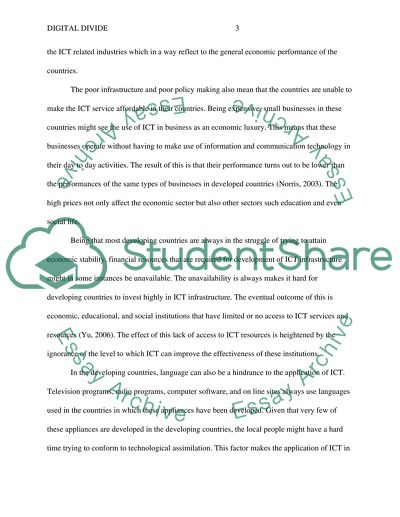Cite this document
(“Bridging the Global Digital Divide Research Paper”, n.d.)
Bridging the Global Digital Divide Research Paper. Retrieved from https://studentshare.org/journalism-communication/1497336-bridging-the-global-digital-divide
Bridging the Global Digital Divide Research Paper. Retrieved from https://studentshare.org/journalism-communication/1497336-bridging-the-global-digital-divide
(Bridging the Global Digital Divide Research Paper)
Bridging the Global Digital Divide Research Paper. https://studentshare.org/journalism-communication/1497336-bridging-the-global-digital-divide.
Bridging the Global Digital Divide Research Paper. https://studentshare.org/journalism-communication/1497336-bridging-the-global-digital-divide.
“Bridging the Global Digital Divide Research Paper”, n.d. https://studentshare.org/journalism-communication/1497336-bridging-the-global-digital-divide.


